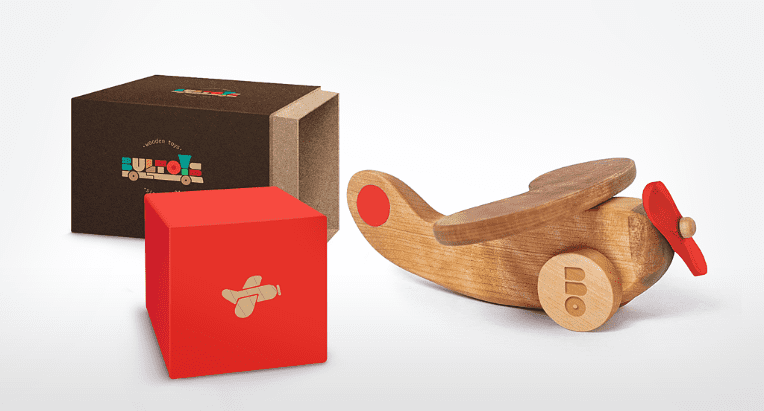Toy boxes have come a long way, evolving from simple wooden crates to intricate designs that reflect cultural values and advancements in manufacturing. This historical perspective explores how toy boxes have transformed over the centuries, adapting to changing needs, materials, and trends.
1. The Early Beginnings: Practical Wooden Crates
In the 18th and 19th centuries, toy boxes were often practical and straightforward. Families used wooden crates or storage chests to hold children’s belongings, including toys. These early boxes weren’t typically designed specifically for toys but were repurposed to store various household items.
- Durable Materials: Wood was the material of choice due to its durability and availability. Simple, robust designs were common, as they could withstand years of use.
- Minimal Decoration: These toy storage boxes were utilitarian, with minimal decoration. Functionality was prioritized over aesthetics, reflecting the practicality of the time.
2. Victorian Era: Decorative and Personalized Toy Boxes
As the Victorian era unfolded, there was a shift toward creating toy boxes specifically for children. This period saw an increased emphasis on family life and childhood, leading to the popularity of personalized toy storage.
- Intricate Designs: Victorian toy boxes were often hand-painted or decorated with intricate patterns. These designs made them an attractive part of a child’s bedroom or playroom.
- Customized Elements: Some families had their toy boxes customized with a child’s name, often passed down from generation to generation as cherished family heirlooms.
- Focus on Childhood as a Unique Life Stage: During this period, society began viewing childhood as a special phase, leading to an increased emphasis on play and toys, which in turn influenced the development of purpose-built toy boxes.
3. The Rise of Mass Production: Functional Metal and Cardboard Boxes
The industrial revolution marked a turning point for toy boxes. With mass production, companies began making toys and toy boxes accessible to more families, using materials like metal and cardboard that were easier and cheaper to produce.
- Affordable and Functional: Metal and cardboard toy boxes were affordable and could be produced in large quantities. While less durable than wooden boxes, they offered functional storage solutions.
- Themed Designs: Mass production enabled manufacturers to create toy boxes featuring popular themes, such as fairy tales and children’s characters. Toy boxes became visually appealing as well as functional.
- Portable and Lightweight: Cardboard boxes were more lightweight and portable, making them easier for children to move around the house.
4. The Mid-20th Century: Branding and Licensing
The 1950s through the 1970s were transformative for toy boxes as brands began incorporating licensed characters and popular culture themes. This shift made toy boxes an extension of a child’s favorite television shows, movies, and characters.
- Branded Boxes: Companies started creating toy boxes featuring iconic characters like Mickey Mouse, Superman, and Barbie. These branded boxes tapped into children’s love for popular media.
- Plastic Enters the Market: During this era, plastic toy boxes became popular due to their durability, lightweight nature, and vibrant colors. Plastic allowed for various shapes and designs that wood and metal could not easily replicate.
- Integrated Storage and Play: Some toy boxes doubled as play spaces. For example, a toy box might include a chalkboard on the lid, creating an interactive play surface for children.
5. The 1980s and 1990s: Functional, Safe, and Kid-Friendly Designs
In the 1980s and 1990s, safety and functionality became key concerns in toy box design. As toy boxes were increasingly mass-produced, there was a greater focus on child-safe features, along with bold, colorful designs that appealed to young children.
- Child-Safe Features: Manufacturers began designing toy boxes with rounded edges, lightweight lids, and soft-close mechanisms to prevent injuries.
- Ergonomic Designs: Kid-friendly designs were also introduced, with low heights and easy-to-open lids, making it convenient for children to access and put away their toys independently.
- Bright and Bold Colors: Bright primary colors and fun graphics made toy boxes more attractive, helping them serve as both storage and decor in children’s rooms.
6. The 21st Century: Sustainable, Modular, and Themed Designs
In recent years, toy boxes have become more sustainable, modular, and personalized. Modern designs reflect both environmental awareness and a desire to create storage solutions that are as stylish as they are functional.
- Eco-Friendly Materials: Many toy boxes are now made from sustainable materials like bamboo, recycled wood, and biodegradable plastics, catering to eco-conscious parents who prioritize sustainability.
- Modular Storage Solutions: With limited space in homes, modular and stackable toy boxes have gained popularity, allowing parents to customize and adapt storage based on their needs.
- Educational and Themed Designs: Toy boxes are now designed with themes that encourage learning, such as alphabet designs, number graphics, or boxes shaped like castles and animals, making storage part of a child’s imaginative play.
The Impact of Toy Boxes on Childhood Development
Over the centuries, toy boxes have played a significant role in teaching children responsibility, organization, and even creativity. As designs evolved, they became more than just storage units, often serving as an essential part of childhood memories. Toy boxes today contribute to a child’s play experience and provide educational value, influencing their growth and development.
Conclusion
The history of toy boxes reflects broader social, technological, and cultural changes over time. From simple wooden crates to today’s eco-friendly, interactive designs, toy boxes have adapted to meet evolving needs while remaining a staple in children’s spaces. In 2024, the future of toy boxes looks to continue blending sustainability, innovation, and functionality, keeping up with modern lifestyles and childhood needs with Your Box packaging.
Rate this business
Have you heard of this business? Do you like it? How do you like it?
Check out if it is in the list of Top Rated Small Businesses
